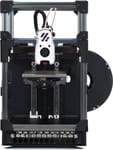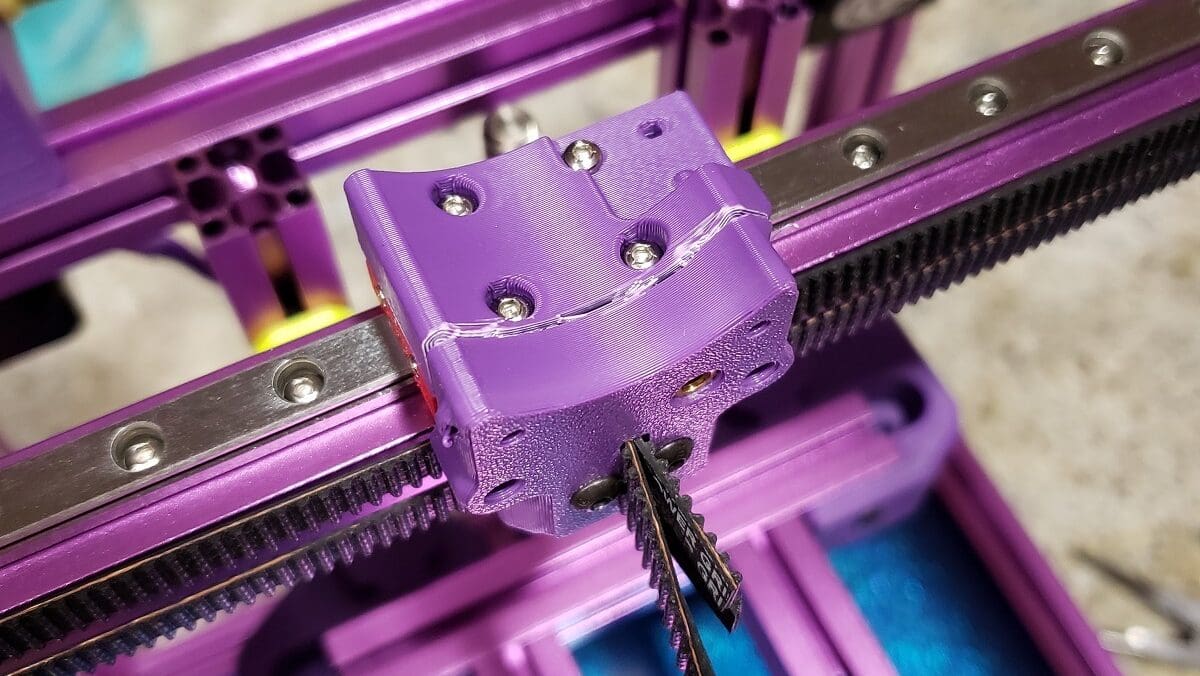A lot of printers these days boast large build volumes as well as high speeds and the ability to print interesting materials like nylon and ABS. The thing with these materials is that controlling the build environment for temperature is critical to getting good results. To print these materials a heated bed is mandatory, as is an enclosure.
The thing with a large build volume is that it’s going to take a lot of power to heat up and maintain that heat. The motion system will, out of necessity, consist of longer parts that are more prone to flexing and heat deformation, and longer belts that are more prone to stretching.
If you review your prints from the past 12 months, how many times have you needed a carbon fiber nylon part that was a foot (300 mm) in any direction? We reckon it wasn’t often. Our experience is that most parts that require the more exotic materials are small. So maybe you need a small, fast, accurate, and energy-efficient printer for your tricky materials… Enter the Voron 0.
If you’ve been 3D printing for some time, you may have heard of Voron Design (or “Voron” for short). Voron doesn’t make printers; instead, it publishes plans that allow you to construct a high-end printer from parts that you source and print yourself.
Because of this, each Voron printer is as unique as the person making it and will have some capabilities and limitations built into it by the constructor. The Voron 0 is small, fast, and energy efficient. Boasting a build volume of 120 x 120 x 120 mm, this diminutive machine may surprise you.
So let’s look at the Voron 0.2, the third release of the Voron 0 platform.
Features
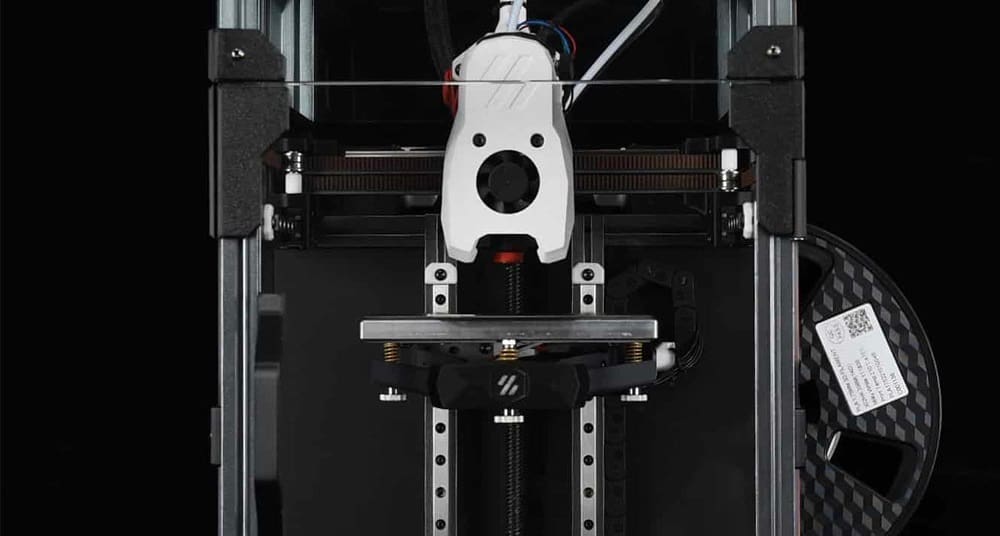
The Voron 0 isn’t feature-rich; the designer’s statement is that it’s a no-compromises printer. Its tiny build plate doesn’t need mesh bed leveling, and the small chamber doesn’t need an additional heater. The electronics are chosen by the builder, but as designed it doesn’t have a touchscreen. The features it does have are in the superb execution of the printing process.
Speed
When we say this printer is fast, that’s really up to you. As specified by the Voron Design project, the printer operates at around 250 mm/s when properly tuned with the right extruder and hot end combinations. You can, however, get this printer to print much, much, faster.
Thanks to the Speed Benchy competition, we have some information to make some comparisons. The fastest time on the leaderboard is 2 minutes and 40 seconds, held by a Voron 0.1 (the previous release), with the top 3 entries being Voron 0’s. Of course, they are modified. For reference, the Bambu Labs X1 Carbon should print a Benchy in around 16 minutes, while the fastest factory stock Ender with normal settings would take a little over an hour. But that’s just the printing itself.
According to MandicReally from YouTube, part of the appeal of a small printer is that you can heat the machine and produce that part in less time than it takes for a larger machine to get up to temperature to actually print. This is due to the much smaller build volume and print bed, which use less power to come up to temperature.
This leads us to…
Energy Efficiency
This small printer uses far less power than larger printers, with a power supply rated at 150 W. For comparison, the Prusa Mk4 power supply is 240 W, the Ender 3 Pro is 350 W, and a 220v Bambu Labs P1P is rated at 1 kW. While none of these printers use the full capabilities of their power supplies while printing and only come close during initial heat up, the comparison shows us just how little power is needed for the Voron 0.2, and how much you might be using to warm up that large bed and enclosure just for a 50-mm spacer.
Having said that, remember you don’t build “a Voron”, you build “your Voron”. You can increase the size of the power supply if you wish – or change just about any other feature of the machine because customizability is something that comes baked into a home-built design.
Customizability
The Voron 0 (or any home-built machine) really shines when you want a machine to call your own. You choose what parts to buy, what color and material to make the 3D printed parts from (some people even have them machined instead of printed, though Voron Design doesn’t recommend this), the electronics and firmware…
Of course, you lose a lot of this customizability if you order a kit, such as an LDO, Siboor, or Formbot kit, but the main way most people customize their machines is through the printed parts. A kit can just take the headaches out of sourcing the other hardware.
With the lack of fancy tech but the focus on quality, what is the 3D printing community saying about the Voron 0?
Reviews
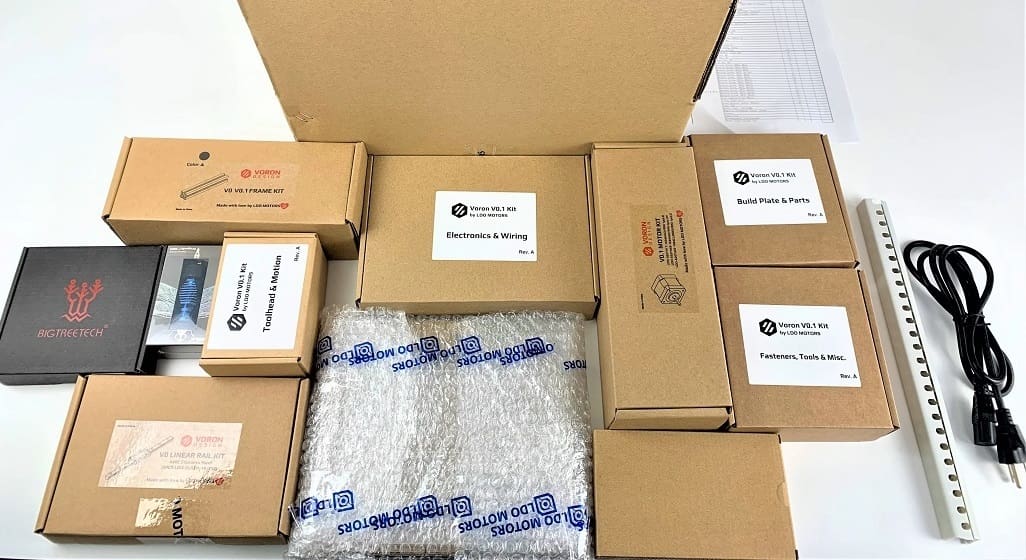
The Voron 0 series is often looked at as a novelty, or as a great “second printer” due to its small print area. However, those who are looking for fast prototyping or who cast a critical eye over what they actually print tend to view it in a more favorable light. At least one reviewer who intended to use the machine as a secondary printer stated that, since building it, they haven’t gone back to their previous setup.
The majority of reviews for the Voron 0 (and other Voron printers) focus on a particular kit rather than on the printer itself. However, the updated manuals get excellent marks from many people. There is an interesting Reddit post as to whether the Voron 0 makes a good first home-built printer. There are still some parts that are left to the builder, but support is only a Discord chat away.
As for those kits, here’s a brief summary based on a variety of reviews:
- LDO Motors: This is a hassle-free option with connectors pre-crimped. It’s mechanically sound, with quality mechanical parts (minimal slop in rails, flat print bed, accurate motors, etc.), although it’s worth noting that it doesn’t come with a single-board computer to support Klipper, so you’ll have to source one elsewhere or use Marlin. And, at the time of writing, there’s only one hot end option.
- Formbot: A tinkerer’s kit with a few hassle-creating features, as you’ll be crimping your own cables, for example. The mechanical parts are still high quality with good linear rails and motors. It comes with a single-board computer (BigTreeTech CB1) and a few hot end options (Dragonfly, Dragonfly Hi-Flo, or E3D V6).
- Siboor: A low-cost option that gets the job done but requires time sourcing replacements or missing parts, while several mechanical components have looser tolerances, and assembly could be easier. According to MandicReally, the best thing about this kit is the fact that it comes with the printed parts, though their quality might be questionable.
For a deeper dive, check out 247 Printing’s comparison of the Formbot and LDO kits.
Most of the kits out there will get the job done and come with good or high-quality parts. You’ll get what you pay for, but it will generally be cheaper (and less time-consuming) than sourcing all the parts yourself.
Price
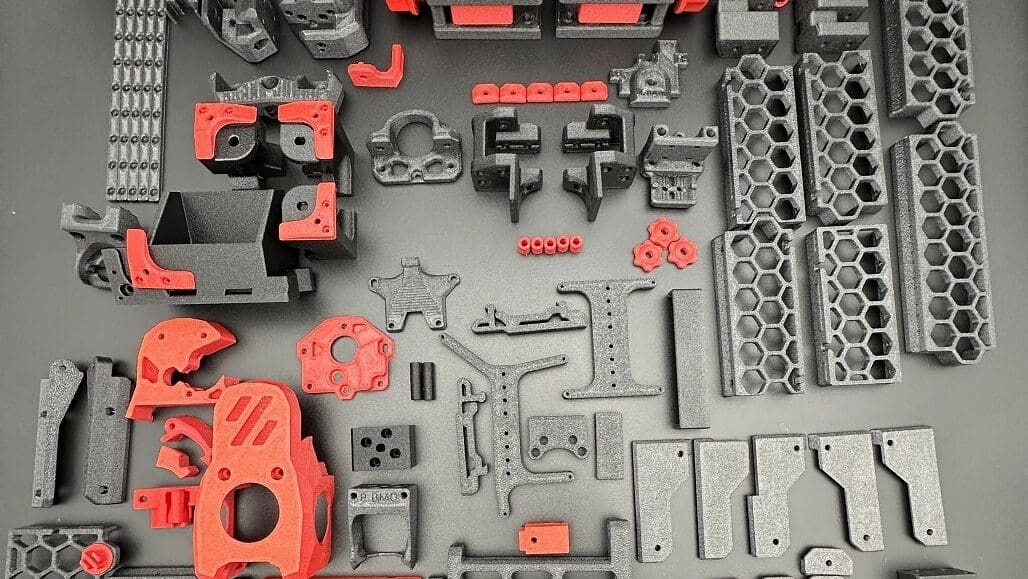
So, you’ve decided this is the printer for you, where do you get one?
Not so fast! As we’ve mentioned, Voron Design publishes plans, they don’t sell printers. The Voron website has a bill of materials for each of their printers and a recommended supplier. An alternative to finding all the parts yourself is to purchase a kit (such as the Formbot or LDO mentioned above), which will cost a known amount but may not allow you the flexibility you desire. For example, if you want to use a different control board, such as a SmoothieBoard, you’re unlikely to find one in a kit.
A self-sourced kit using Voron Design’s sourcing guide will run you anywhere from $400-$800, but you should be able to get away much closer to the $400 mark, and potentially under, depending on where you live and the cost of shipping, especially high-quality motion components (linear rails, motors, belts) where you can choose between cheap or good – we don’t recommend cheapening out. That same sourcing guide mentions four suppliers of kits, being LDO (∼$650), Fystech (∼$450), Formbot (∼$330), and Siboor (∼$940).
If you’re unable to print your own ABS parts, you can buy a set of printed parts or use the Voron Print It Forward program, both of which cost around $80, but the Voron program gives you a lot more flexibility as you’ll be dealing directly with a Voron owner who will print your parts and ship them to you.
Tech Specs
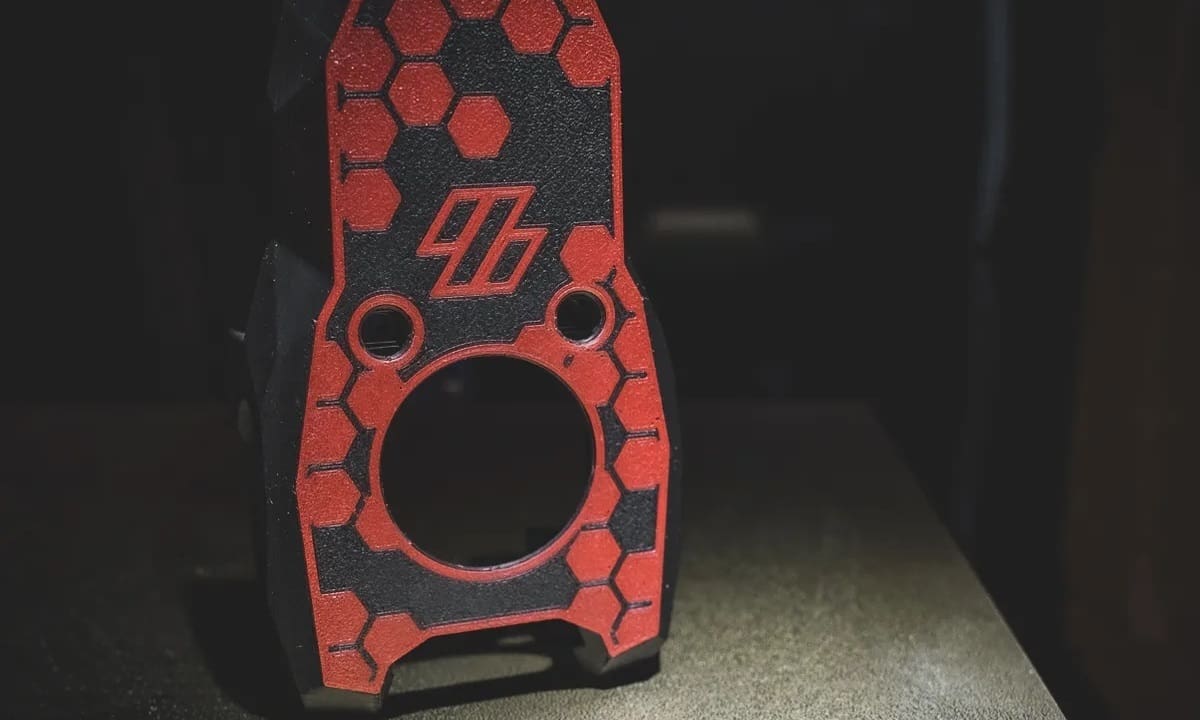
General Specifications
- Technology: Fused deposition modeling
- Year: 2023
- Assembly: Fully DIY (potentially including cutting, drilling, and tapping)
- Mechanical arrangement: CoreXY
- Manufacturer: Various
3D Printer Properties
- Build volume: 120 mm3
- Feeder system: Reverse Bowden direct
- Printhead: Mini Stealthburner, exact hot end depends on build
- Nozzle size: Depends on build
- Max. hot end temp.: Depends on build, ~300 °C
- Max. heated bed temp.: 110 °C
- Print bed material: Cast aluminum bed with custom surface, though most kits only supply a machined bed rather than a cast plate
- Frame: Aluminum extrusion “Makerbeam XL 15×15”
- Bed leveling: Manual, auto-bed level is not necessary for such a small bed, but can be added if desired
- Display: Depends on build
- Connectivity: Depends on build
- Print recovery: Depends on build (normally yes)
- Filament sensor: Depends on build (normally no)
- Camera: Depends on build (normally no)
Materials
- Filament diameter: 1.75 mm (can be changed, but why would you?)
- Third-party materials: Only 3rd party materials
- Filament materials: PLA, PETG, ABS, nylon, PC
Software
- Recommended slicer: Cura, SuperSlicer
- Operating system: Depends on build, usually Klipper
Dimensions & Weight
- Frame dimensions: 250 x 360 x 365 mm
- Weight: 4-5 kg depending on build
Other Options
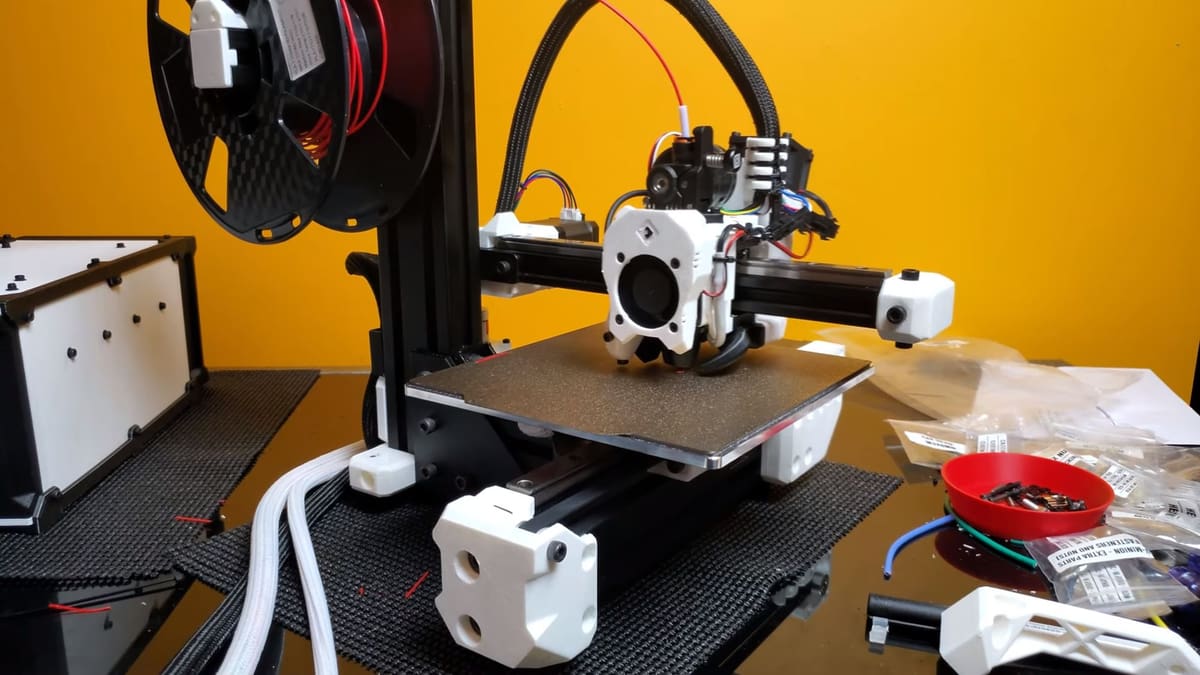
Maybe you think the Voron 0 is too small, or maybe you just don’t want to be so mainstream, either way, there are other options if you want a fast, efficient DIY printer.
Starting off with the Rat Rig V-Minion, which is a small cantilever printer. Rat Rig sells kits for its printers, and those kits are of premium quality. You can customize nearly everything about the kit, and choose whether to print the printed parts yourself or have them supplied. The primary benefit of a Rat Rig option is that every part you need (sans printed parts) will be in the box – there’ll be no surprises. Hailing from Portugal, Rat Rig printers get excellent reviews, and will set you back between $230-$650.
The next option is a HevOrt, which evolved from the “HyperCube Evolution” printer by Scott_3D (which is itself an evolution of the original “HyperCube” by Tech2C). It’s impossible to price a HeVORT as the amount of customization available is practically infinite, right down to frame material. This printer can give you whatever results you want, but you’ll be building it.
Lastly, there’s the VzBot 235, which has a printed or a CNC machined version. The CNC machined version is available as a series of kits. The VzBot 235 will run you around $640 but higher-end parts will cost more. For example, an all-CNC-aluminum printer will be far more expensive. According to Voron Design, the machined aluminum assemblies have some serious drawbacks when it comes to keeping the printer stable at a certain temperature, but the VzBot community doesn’t seem to mind.
License: The text of "Voron 0.2: Specs, Price, Release & Reviews" by All3DP is licensed under a Creative Commons Attribution 4.0 International License.
CERTAIN CONTENT THAT APPEARS ON THIS SITE COMES FROM AMAZON. THIS CONTENT IS PROVIDED ‘AS IS’ AND IS SUBJECT TO CHANGE OR REMOVAL AT ANY TIME.
